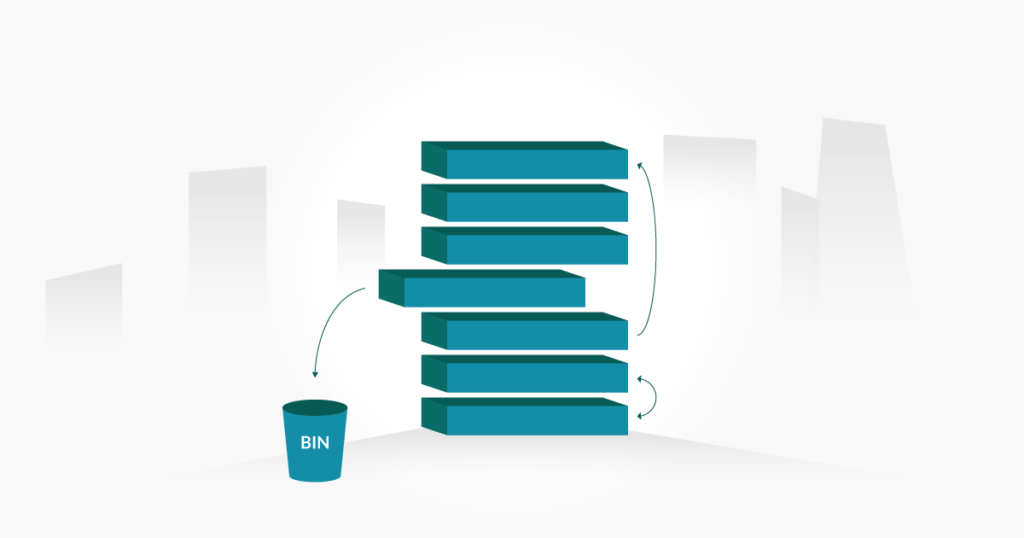Agile development involves a variety of different events, or “ceremonies” as they are traditionally called. One of the most important ceremonies in agile development is backlog grooming.

What is backlog grooming?
To understand backlog grooming, we need to first have a clear understanding of what a backlog is. In agile development, every product has a backlog. At its simplest form, the backlog is a list of things the product needs. The backlog accumulates these things over time as more and more people use your product. This is an evolving list that needs to be managed or else it gets out of control.
Backlog grooming is the process of maintaining that list of features, fixes, and improvements. This practice helps clarify what should be worked on next, and that high priority items contain all of the information (specifications and requirements) needed to begin work. Backlog grooming also involves removing items that are no longer needed or relevant, adding items for newly discovered needs, re-assessing priority, and determining estimates for effort and time.
Who is involved in backlog grooming?
A product owner should always be present in backlog grooming, after all, they have the final word on the direction of the product. Development leads, QA, and the customer support should also attend backlog groom when possible. Dev provides technical insight, and customer support provides customer insight; both influence the backlog.
When is backlog grooming done?
In short, it really depends on your team’s structure and how you work. Ideally, backlog grooming is a separate meeting from sprint planning (more on that later). If your team is small, it’s possible these two ceremonies can be done in the same meeting but you want to be sensitive to other people’s time. Don’t do backlog grooming in sprint planning if the majority of people in sprint planning don’t contribute to grooming. If you’re starting from scratch, and have never done backlog grooming, hold regular (weekly, or even twice-weekly) backlog grooming sessions until you get caught up. Then, find the cadence that works for you and your team.
Why is backlog grooming Important?
Now that we know what backlog grooming is and who is involved, and when to do it, let’s look at some of the reasons it’s important.
It increases efficiency with the team.
Perhaps the most important reason to do backlog grooming is that it helps keep your team moving forward. A groomed backlog means increased productivity. User stories are already well defined, so there’s no need for in-depth discussions that cause delays by external dependencies. Backlog grooming also helps reduce the time needed for sprint planning. The more prepared your backlog is, the more prepared you’ll be for sprint planning. Not everything in the backlog needs to be a complete thought with fully detailed specs, but there should always be a set of items in the backlog ready for work.
Keeps the backlog in a manageable state.
Depending on your team structure, it’s possible there are many people adding items to the backlog. Customer support, product managers, QA testers, developers… the backlog can get input from all sorts of people. The more manageable the backlog is to navigate, the easier it is for the rest of the team to find what they’re looking for. For example, maybe customer support needs to link feature request tickets to a user story in the backlog. A groomed backlog will make it easier to find those issues.
Keeps the rest of the team up to date.
A groomed backlog helps keep other team members up to date on where the product team stands on different features, projects, bug fixes, and improvements. For example, maybe there’s a feature request your customers often ask for and that user story is in the backlog. If the story doesn’t have any updates from the product team, the support team is left in the dark having to ask for more details about when the feature may or may not get addressed. In contrast, if the story is up to date with relevant information, the support team has the information they need without having to bother any one.
Backlog grooming allows everyone to learn new information.
Backlog grooming is an incredible opportunity for the team to learn new information from each other. As we mentioned earlier, a variety of people contribute to the backlog. By regularly sifting through the backlog items, you gain insight from other team members based on feedback from customers during live demos, support conversations, or other feedback channels.
Conclusion
An un-groomed backlog can cause frustration amongst the team. It’s like trying to find the right utensil in an unorganized kitchen. Give your backlog the attention it deserves; it is your ultimate to-do list and contains a wealth of information and data. If you’re not already doing backlog grooming, start now and continue doing it; you’ll see results which will trickle down into your team and your customers.

